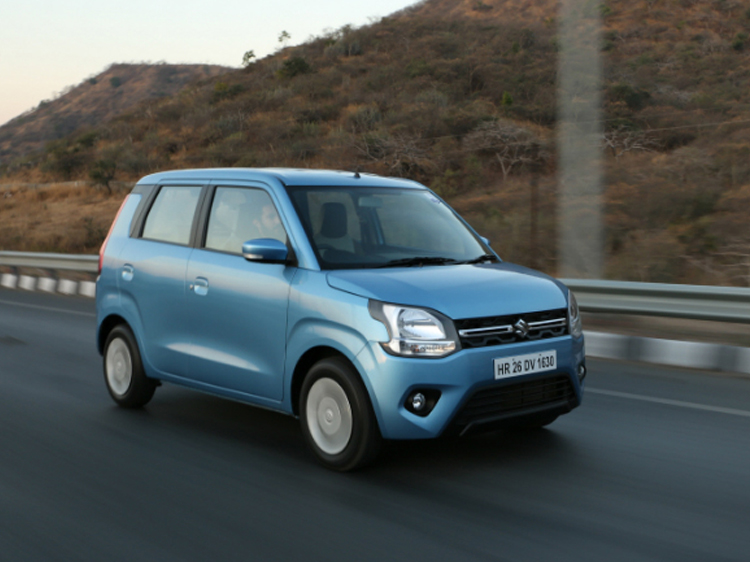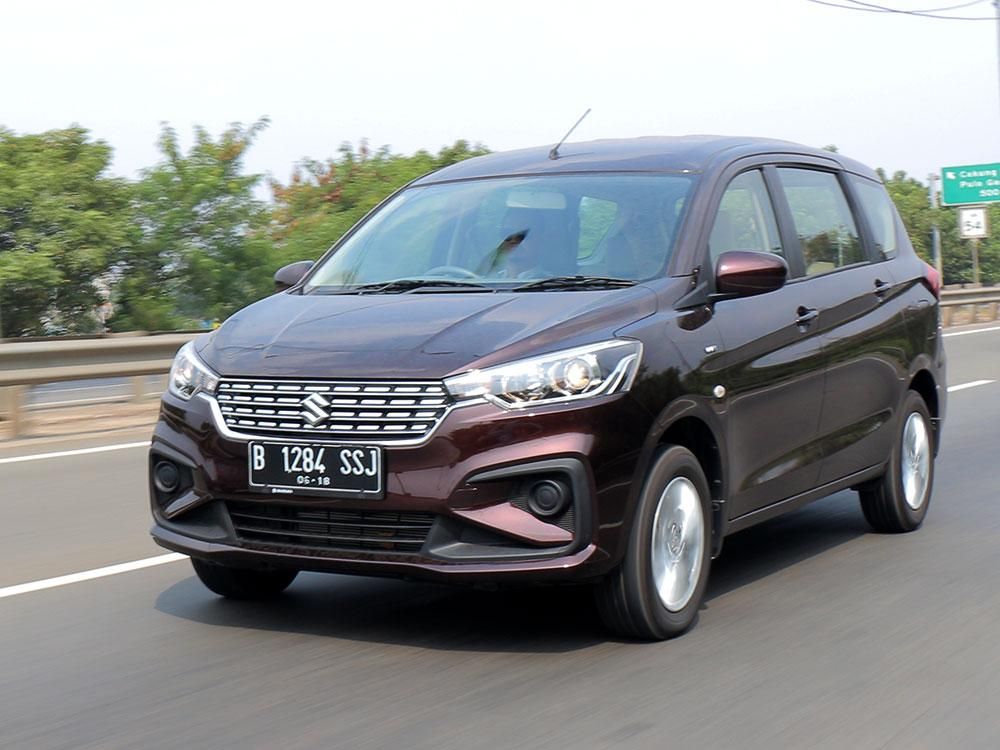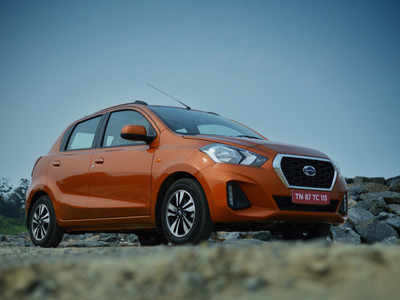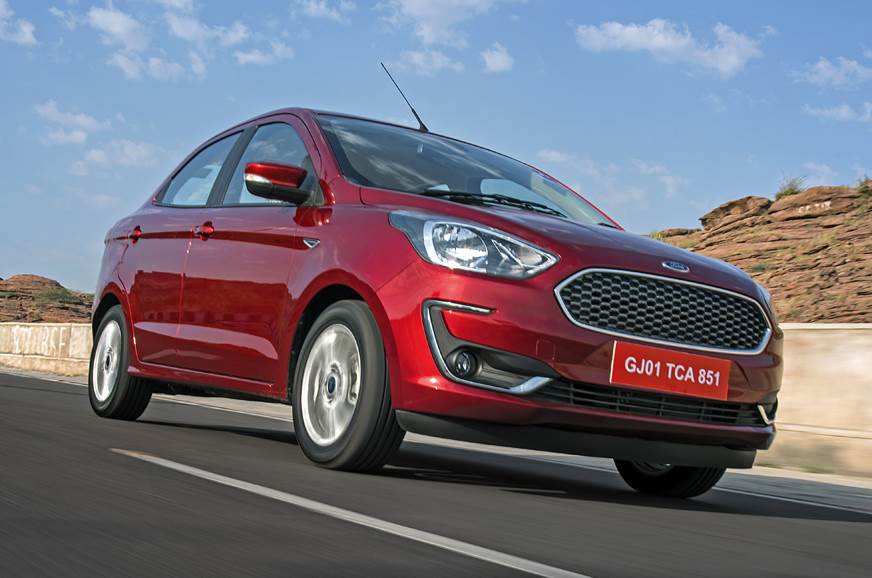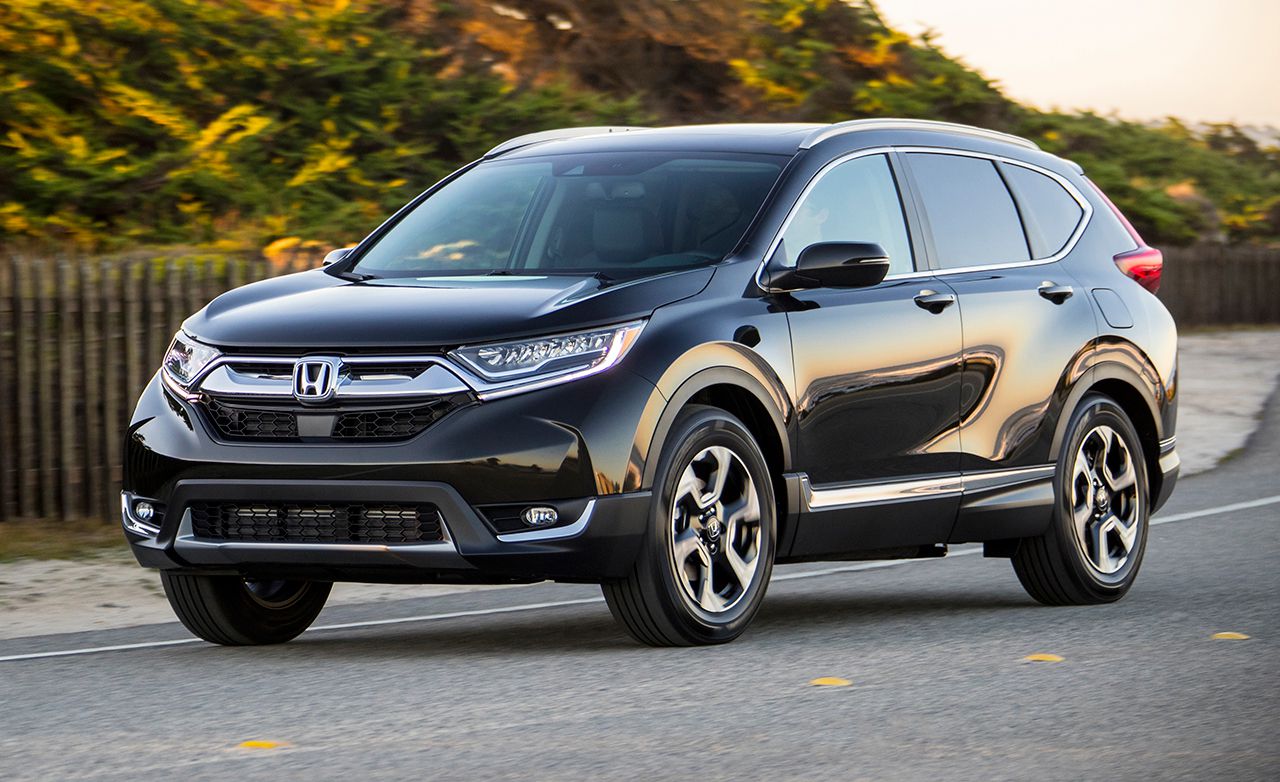2018 Datsun GO and 2018 Datsun GO+ First Drive Review
Introduced in Q3 2013 and Q3 2014 respectively, the Datsun GO and Datsun GO+ have received a facelift. IAB experienced the updated models during a brief drive event on the renowned East Coast Road along the coast of the Bay of Bengal the very next day after the launch this month.

The 2018 Datsun GO and 2018 Datsun GO+ have substantial visual revisions, focused mainly on the design and styling, safety and comfort and convenience features. Here’s what we think about them.
The facelifted Datsun GO and facelifted Datsun GO+ are quite more appealing than the old models, which looked very basic. At the front, they feature a new hexagonal grille that is wider and more upright and has a unique mesh pattern, tweaked headlamps, inverted lower air intake, a redesigned bumper with sharply contoured ends and vertical LED DRLs.
On the sides, while the old models came with steel wheels and full wheel covers, the new models sport 14-inch diamond-cut alloy wheels for enhanced styling. Another new feature is body-coloured door mirrors, but we don’t get them with integrated turn indicators like in Indonesia.
At the rear, there’s a new bumper with a higher expressiveness. The design is different on the new GO and the new GO+. The bumper of the former mimics the C-shaped outer-ends of the front piece. The bumper of the latter has a black insert in a shape similar to that of the LED DRL housing. The chrome tailgate garnish on the hatchback and the chrome license plate garnish on the estate is an elegant touch to spruce up the rear-end.
The Datsun GO is now available in a new “Amber Orange” exterior paint that complements the car’s youthful design. The Datsun GO+ is now available in a new “Sun Stone Brown” shade that is in line with the adventurous nature of the estate body style.
Moving to the interior, Datsun has redesigned the dashboard and the upper portion of the centre console. Rectangular central air vents have replaced the circular central air vents. There are new pseudo-carbon-fibre inserts to carry over the exterior’s active theme.
The new faux leather upholstery with orange inserts is exclusive to the GO, and it makes the Amber Orange-finished car look snazzy on the inside too. Unfortunately, that’s not a part of the standard equipment even in the range-topping grade. The GO+ also has an exclusive feature - dual-tone white and black dashboard.
The new Datsun GO and new Datsun GO+ have thoroughly improved on comfort and convenience. While automakers are switching from long pole antenna at the front to rear micro antenna and shark-fin antenna (also at the rear) for enhanced styling, Datsun’s cost-cutting exercise for the GO series meant no antenna at all originally. The mid-life update has brought a radio antenna.
Moving from bare essentials to more sophisticated equipment, Datsun has introduced a touchscreen infotainment system. Measuring 7 inches diagonally, it is bigger in the Indian-spec models than in the Indonesian-spec models (6.75 inches). Also, it offers Apple CarPlay and Android Auto support, and that’s a segment-first feature. The infotainment system is quick and intuitive in operation. That said, steering-mounted audio and phone controls are unavailable. Other new introductions include rear wiper and washer, rear power windows and electric adjustment for ORVMs.
Individual front seats have replaced the connected front seats, freeing up space in the middle for a floor console. So, there’s also the addition of two cupholders in the front. The instrument panel includes an analogue tachometer so that the driver keeps the revs in check.
Datsun was pretty appalled at Global NCAP’s 0-star rating for the GO and 1-star rating for the GO+, and so, it has responded aggressively by taking a big leap. It has reinforced the cars’ structure and introduced co-driver airbag, driver SBR, ABS with EBD and BA and rear parking sensors. Moreover, it offers dual-front airbags, driver SBR, ABS with EBD and BA and rear parking sensors as standard in both the new models.
Thanks to the proper separation of the driver and front passenger’s seats, there’s free space between them. The parking brake is conventionally positioned on the left of the driver. This means that its reach, which is particularly important during emergency situations, has improved.
This is the aspect where the Datsun GO and Datsun GO+ have remained mostly unchanged. The HR12DE 1.2-litre petrol engine continues under the hood, in the same tuning - 68 PS at 5,000 rpm and 104 Nm at 4,000 rpm. The naturally aspirated three-cylinder mill is still paired with a 5-speed manual transmission as standard. A 5-speed AMT option could follow next year.
Judders while pulling away from a standstill do become a little annoying in bumper-to-bumper traffic, but the engine settles down soon after. The hatchback and estate both feel light to drive and are nippy enough for urban conditions, in which the best-in-class 4.6-metre turning radius is also worth appreciating. The hatchback is more fun to drive, thanks to its compact and lightweight body (819-846 kg, kerb).
With the 180-mm class-leading ground clearance, the cars tackle bumps and potholes with ease and face no issues when driven hard on unpaved roads. The bigger, 14-inch wheels (old models: 13-inch wheels) wrapped in 165/70 R14 tyres (old models: 155/70 R13 tyres) not only give the cars a more assertive stance, but also provide more grip. Something Datsun needs to seriously work on is softening the gearshifts. Also, the shift knob twists easily, and it could become a point of distraction at times.
The old Datsun GO and old Datsun GO+ had a fuel economy rating of 20.63 km/l and 19.44 km/l respectively. The new models deliver a fuel economy 19.83 km/l.
Datsun hasn’t perfected the GO and GO+ with the minor model change, but it sure has succeeded in making them a well-balanced package it intended since inception. The cars that left an impression of sub-standard and “budget” models initially have improved immensely in aesthetics, practicality and safety.
Priced from just INR 3.29 lakh (ex-showroom India) and INR 3.83 lakh (ex-showroom India) respectively, the new Datsun GO and new Datsun GO+ are great value for money cars in their segment. The hatchback competes with the Tata Tiago, which costs INR 3.40 lakh (ex-showroom Delhi) onwards. The estate is currently a lone ranger in its segment, but not for long.



